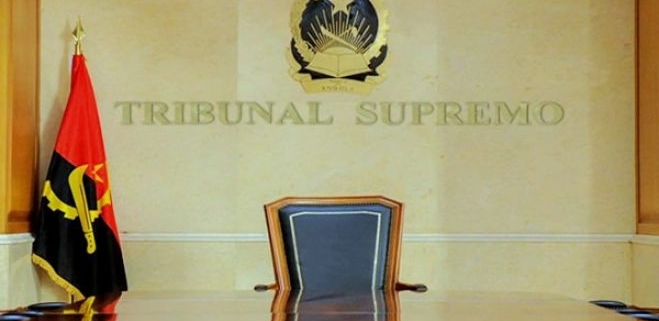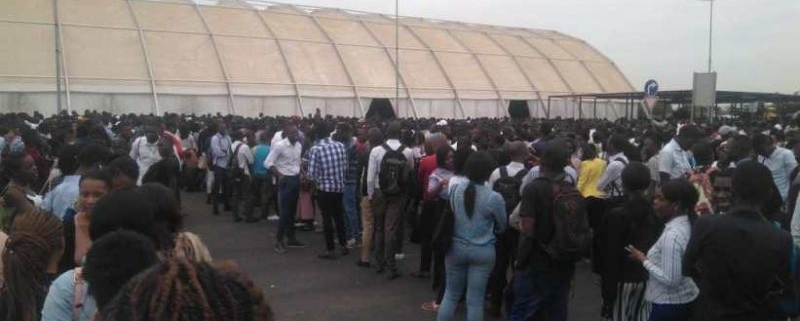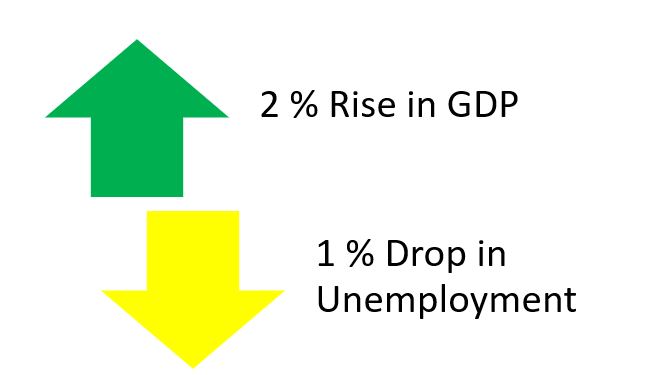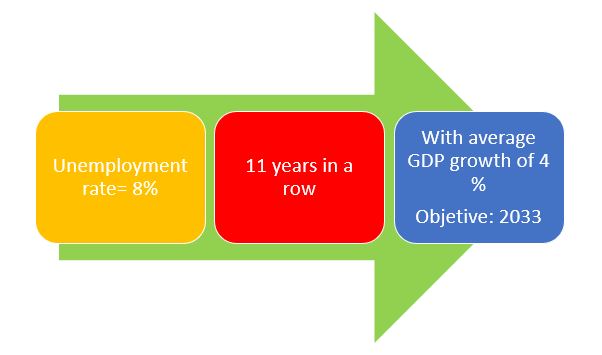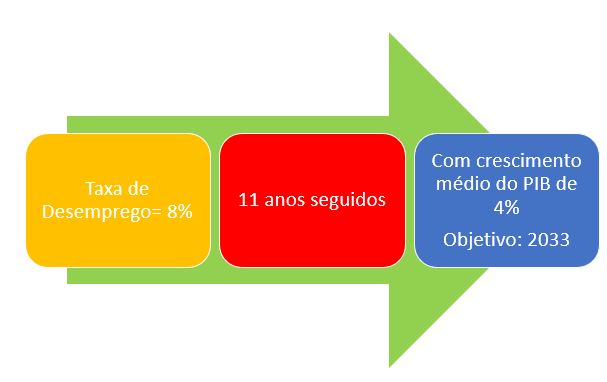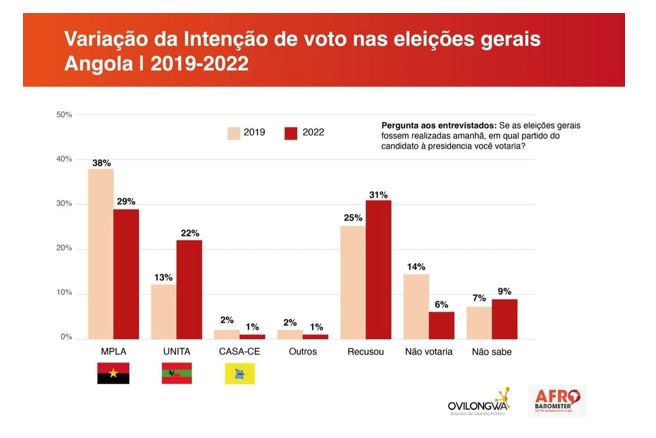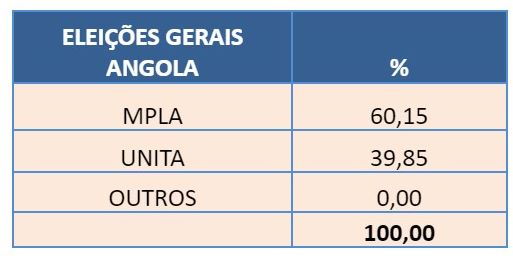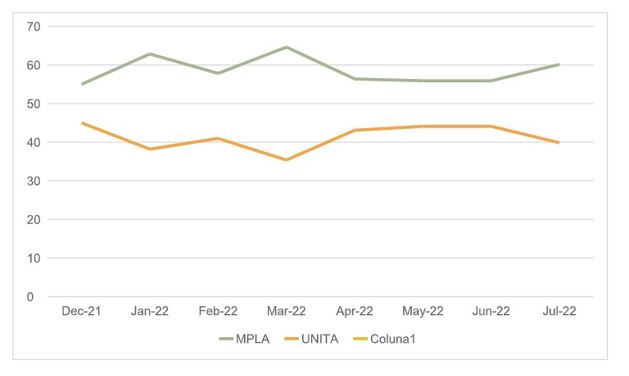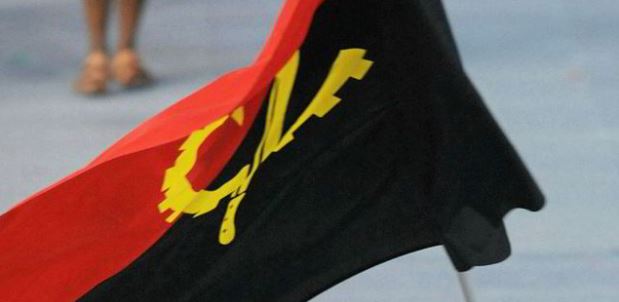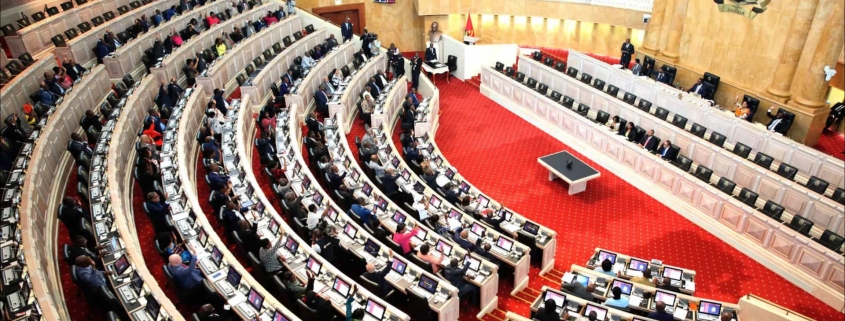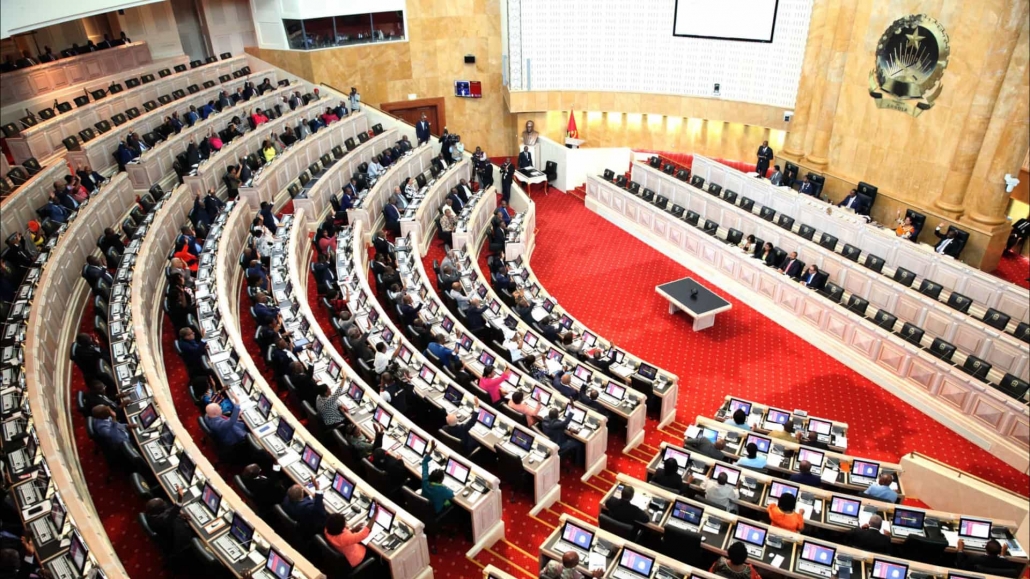The necessary reform of the Supreme Court in Angola
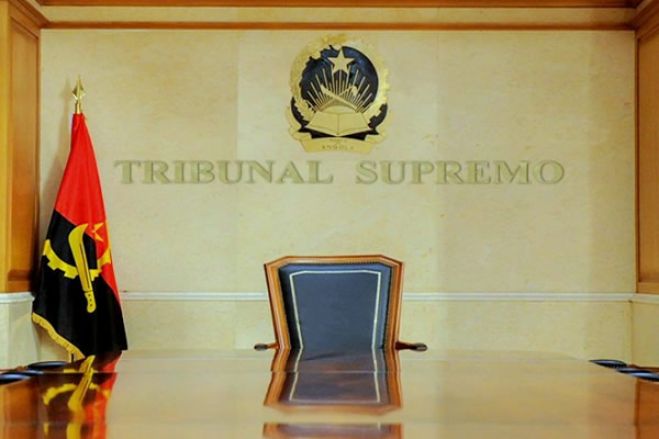
1-Reasons that justify the reform of the Supreme Court in Angola
Angolan justice became, suddenly, one of the daily themes of discussion in public arena. This essentially happened due to the fact that the so-called “fight against corruption” was carried out through the common courts. It seems obvious that it is so, but in reality it is not that usual. Each country has chosen the methods it considers most suitable for this task. In China, where under the presidency of Xi Jinping it is developed a powerful effort against corruption, such commitment has been made through internal mechanisms of the Communist Party, only intervening the courts in a final phase[1]. In South Africa, it was chosen to create a commission that explored everything and analyzed, and only then, having a huge dossier ready, sent the results to the judicial power[2]. This means that it is not mandatory for the fight against corruption to focus or begin with the courts. However, that was the Angolan option.
This option has made some weaknesses of the Supreme Court appear far too much. The disagreement between several judges has become patent, the delays and lack of decision as well, and the debatable reasoning of many judgments has been noted by many commentators[3].
It is true that the supreme court’s design contained in the 2010 Constitution helps to its dysfunctionality. In fact, the Angolan constitutional legislator wanted to make a court following the model of the US Supreme Court grafted in a judicial system of Roman-Germanic type, that is, Portuguese. Now a top court in the Portuguese, German or French judicial system has nothing to do with a top court in an Anglo-American system. They are different concepts and structures. What is asked for an American supreme court is not what one asks for a Portuguese Supreme Court. In the first case, only large and innovative law issues arrive there. It is already a kind of court of reflection, while in the second Roman-German case-the Supreme acts as a last instance of appeal for almost all cases.
In Angola, a court was thought the “American way”, but to operate like the Portuguese. Therefore, a light structure that was only dedicated to a small number of cases had to face the task of being a regular court of appeal for a myriad of cases. That could only produce bad results
In addition to the dysfunctionality of constitutional design, it has been understood that the judges of the Supreme Court do not have adequate preparation to deal with the complexities of economic and financial crime, not having throughout their career came across these issues at the sophisticated level at which they have been appearing, which has led to some much criticized decisions and great procedural delay.
Beginning the country simultaneously a stage of great appeal to foreign investment, as well as betting on the fight against corruption, is good to see that a poorly designed and thought court has to be reformed and remodeled.
It does not seem possible to think, at this moment, in a constitutional revision, any reform must be made within the framework of the constitution in force.
2- Proposals for reform of the Supreme Court (SC)
a) Increased number of judges: 50
The first measure is quantitative but necessary, given the delays and imperative of technical and generational renewal of the Supreme Court. At this time, the SC has a board of 21 judges, which is being extended to 31 judges pursuant to this Organic Law of the Supreme Court (Law No. 2/22 of 17 March).
It seems insufficient. Portugal with a population of a third against Angolan has 50 counselors judges in his Supreme Court. Spain, with a population more similar to Angola, has 71 magistrates in his supreme court. For these numbers and in view of the similarity of extended jurisdiction that these courts have in Angola, Portugal or Spain, it is easily seen that more judges are needed in the court in Angola of those who are now foreseen.
It is believed that 50 (fifty) will be an adequate number of judges in the Supreme Court of Angola, which will allow a strong, so imperative renewal of this Court.
b) Chamber rationalization: the Economic Affairs Chamber and the economic and financial crimes section
The objectives of the judicial policy impose a review of the number of chambers in SC and a higher specialization. At this time, the law provides for five chambers: the Criminal Chamber, the Civil Chamber, the Chamber of Administrative, Tax and Customs Litigation and the Labor Chamber and the Youth Family and Justice Chamber (Article 17 of the Organic Law). However, just the criminal, civil and administrative and work chambers seem to be in operation.
It seemed better to rationalize the cameras according to the effective needs of society. Thus, there would be a Criminal Chamber, a Civil Chamber (which would encompass family and minors), a social chamber (work, social security and the like), an administrative and tax chamber, and a new chamber entitled Chamber of Economic Affairs, this Chamber would have Two sections, one of commercial litigation to deal with major contracts with relevance to investment and another of economic and financial crimes, specializing only in the trial of crimes such as corruption, bleaching, embezzlement, etc.
In the background, this new Chamber of Economic Affairs would be responsible for responding to new investment policy challenges against corruption.
c) Transparent model of appointment of the President: Hearing in the National Assembly
The two most recent presidents of the Supreme Court (Rui Ferreira and Joel Leonardo), for different reasons, have been the target of much contestation. In fact, Rui Ferreira fired due to this contestation while Joel Leonardo has difficulty managing his peers.
The Constitution in its article 180, paragraphs 3 and 4 states that the President of the Supreme Court is appointed by the President of the Republic, between 3 candidates selected by 2/3 of the counselors in effective functions, being his term of seven years, not renewable.
Joel Leonardo was appointed by the President of the Republic in 2019, so his mandate only ends in 2026. Leonardo was born in 1962, so it will only be 70 years old in 2032. This means that, unlike many rumors that flow in the legal world in Luanda, in formal terms, there is a long way to finish his mandate.
However, an additional appointment mechanism should be introduced, similar to that adopted in the recent constitutional revision in relation to the governor of the National Bank of Angola.
Accordingly, the President of the Supreme Court should be appointed by the President of the Republic after hearing in the National Assembly, observing, for that purpose, the following procedure:
a) the candidate’s hearing is triggered by the request of the President of the Republic;
b) the hearing of the proposed candidate ends with the vote of the reporting opinion;
c) It is up to the President of the Republic the final decision regarding the appointment of the proposed candidate.
Consequently, the President of the Supreme Court would only be designated after publicly heard in the National Assembly.
d) Impartiality and independence in SC: the Botswana model, visiting judges
One of the criticism that is most heard about the judicial power in Angola is about its lack of independence or little impartiality, either before the executive or the strongest/powerful. We do not enter the substance of these allegations, but we note that even if being false, the perception of justice plays a significant role. It’s not enough to be it, you have to look it. The saying of the English judge always come to mind “not only justice must be done; also, it must be seen to be done”, delivered by Lord Hewart CJ in R V Sussex Justices, ex part McCarthy ([1924] 1 Kb 256, [1923] All er Rep 233). Therefore, it is not just about arguing that Angolan justice is not dependent or partial, but of using symbols that attest to this same practice.
An uncomplicated example can be one that has been used for many years in Botswana, which has in no way diminished national pride or sovereignty, and, on the contrary, increased the prestige of its system of government. In fact, until 1992, in the High Court – the second most important in the court hierarchy – judges were expatriate foreigners appointed with short contracts from 2 to 3 years[4]. In the Court of Appeal, still a third of the judges are visiting justices (visiting judges)[5].
This means that something similar could be thought to Angola, that is, to save some seats in the Supreme Court (perhaps a quarter) for judges or merit jurists hired abroad with long enough contracts to guarantee their independence, but not renewable. Perhaps contracts from five to seven years.
These visiting judges would have exactly the same powers and jurisdiction as other judges , they could not be presidents or vice-presidents of the Court, however, could occupy the function of mayor or any other. They would be recruited in SADC[6] and CPLP countries.
Thus, widening the Supreme Court to visiting judges could open a window of doctrinal renewal and guarantee of impartiality with judges from other nearby but properly remoted countries. Eventually it could be a provisional measure for 10 or 15 years.
What this measure would allow was to create a wide body of judicial debate with several visions, some tendentially independent, which would allow a more fruitful dialogue in the creation of a just Law.
***
Here are several suggestions for reforming Angola’s Supreme Court in order to make it faster and effective in fulfilling the tasks, as well as increasing its guarantees of independence.
[1] Rahul Karan Reddy, The Diplomat, 2022, China’s Anti-Corruption Campaign: Tigers, Flies, and Everything in Between, https://thediplomat.com/2022/05/chinas-anti-corruption-campaign-tigers-flies-and-everything-in-between/
[2] Zondo Comission, https://www.statecapture.org.za/
[3] See for example, Manuel Luamba, DW, Justiça angolana está em descrédito fora do país?, https://www.dw.com/pt-002/justi%C3%A7a-angolana-est%C3%A1-em-descr%C3%A9dito-fora-do-pa%C3%ADs/a-63253282
[4] Cfr. https://www.justice.gov.bw/services/about-high-court
[5] Cfr. https://www.gov.bw/legal/hierarchy-courts
[6] SADC-South Africa, Angola, Botswana, Lesoto, Malavi, Mauritius, Mozambique, Namibia, Congo Democratic Republic, Seicheles, Swaziland, Tanzania, Zambia and Zimbabwe. CPLP-Angola, Brazil, Cape Verde, Guinea-Bissau, Equatorial Guinea, Mozambique, Portugal, Sao Tome and Principe and Timor-Leste.
